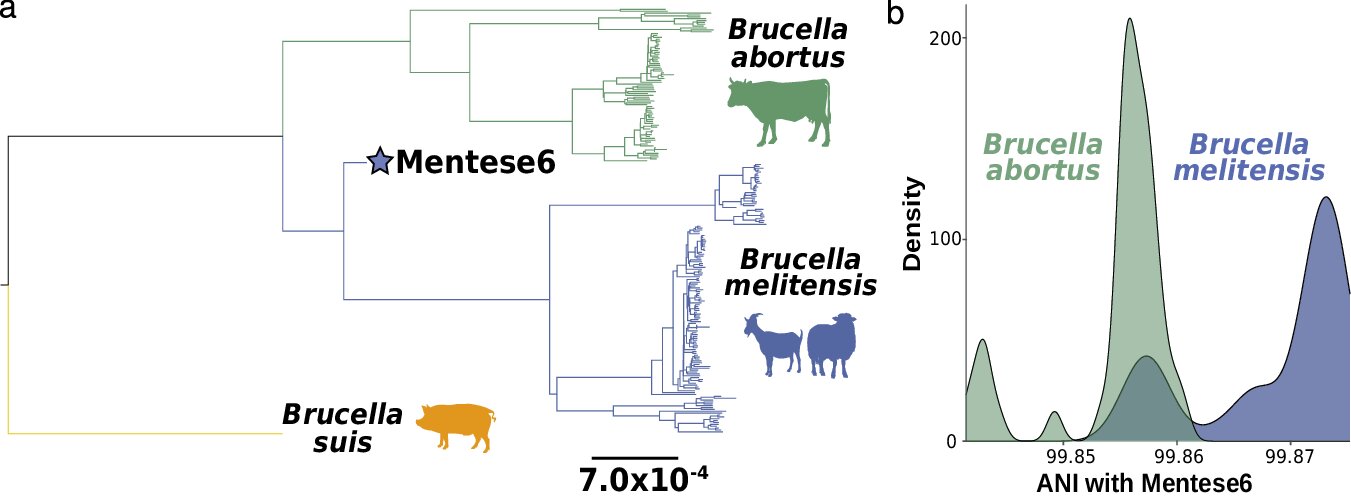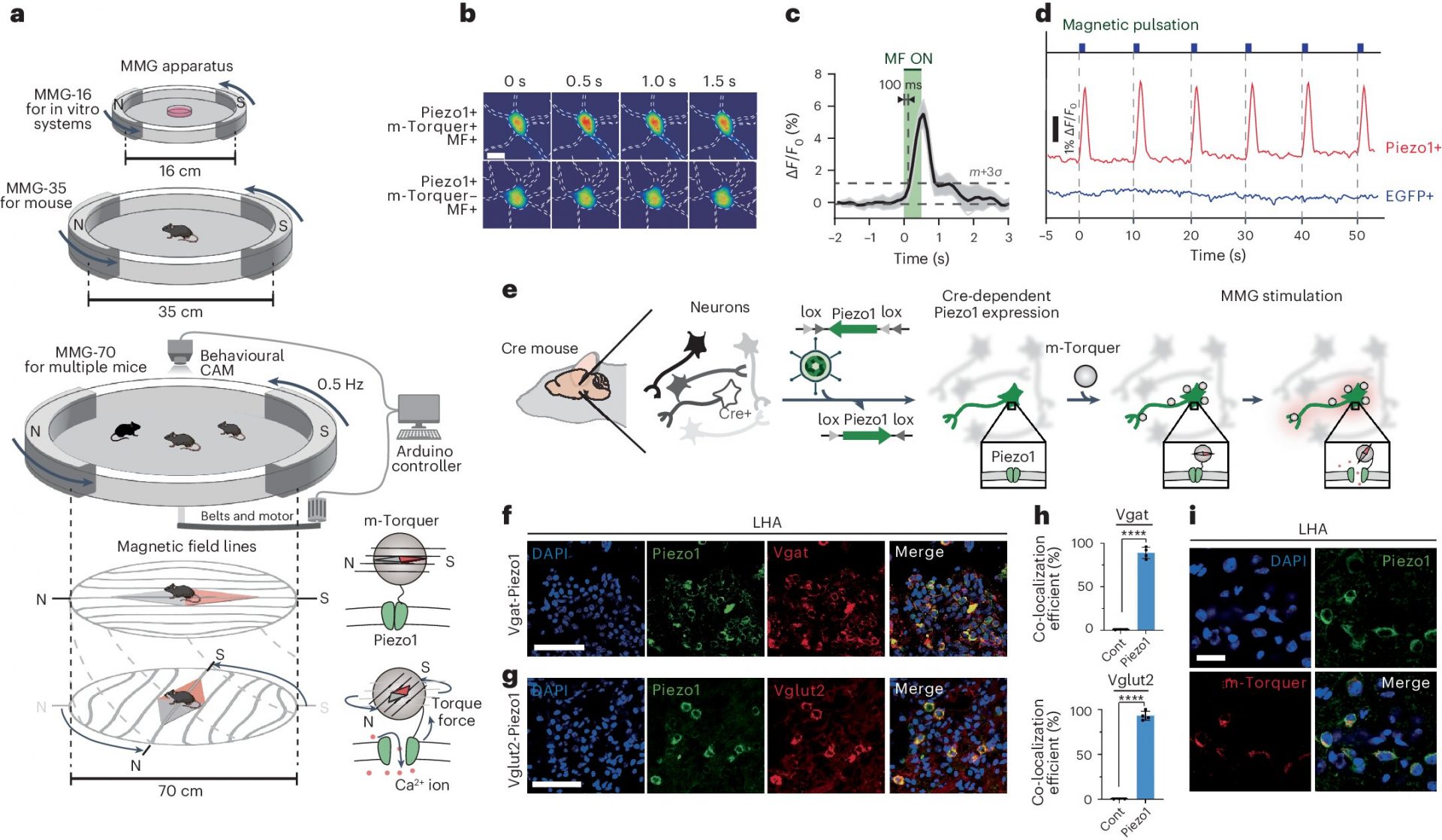Scientists have delved into the ancient DNA of an 8,000-year-old sheep bone and uncovered the presence of the Brucella melitensis pathogen. This pathogen, responsible for brucellosis, poses a significant threat to both humans and livestock, spreading through unpasteurized milk and close contact with infected animals. The consequences can be severe, including undulating fever and pregnancy loss in women. The discovery of this ancient genome sheds light on the origins of this pathogen, dating back to Neolithic times over 8,000 years ago.
The study, recently published in Nature Communications, raises intriguing questions about the evolution of disease-causing pathogens and their impact on both humans and animals. Through advancements in ancient DNA research, a team of international geneticists and archaeologists successfully identified the presence of Brucella in the DNA of a sheep bone from an archaeological site in Northwest Türkiye. This finding suggests that the pathogen was circulating among the world’s first animal farmers during ancient times.
Lead author of the study, Louis L’Hôte, describes the search for ancient pathogen DNA as akin to finding a needle in a haystack, requiring well-preserved DNA and evidence of infection during the animal’s lifetime. The researchers were able to pinpoint the evolution of Brucella melitensis around 9,800 years ago, coinciding with the development of crop and livestock farming in the Neolithic era. This period marked a significant shift in livestock management, potentially creating an environment conducive to pathogen host-jumping.
Dr. Kevin Daly, who supervised the study, highlights the ongoing risk of disease exposure associated with livestock farming, a challenge that has persisted for thousands of years. The intersection of human and animal interaction has shaped the evolution of pathogens, underscoring the complex relationship between humans, animals, and infectious diseases throughout history.








